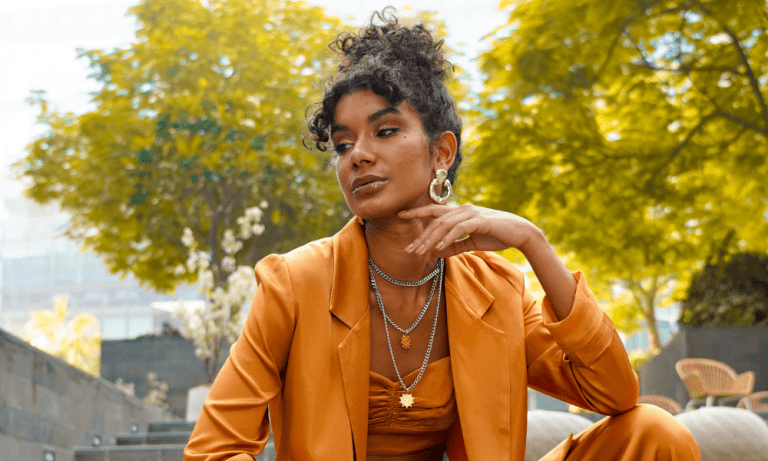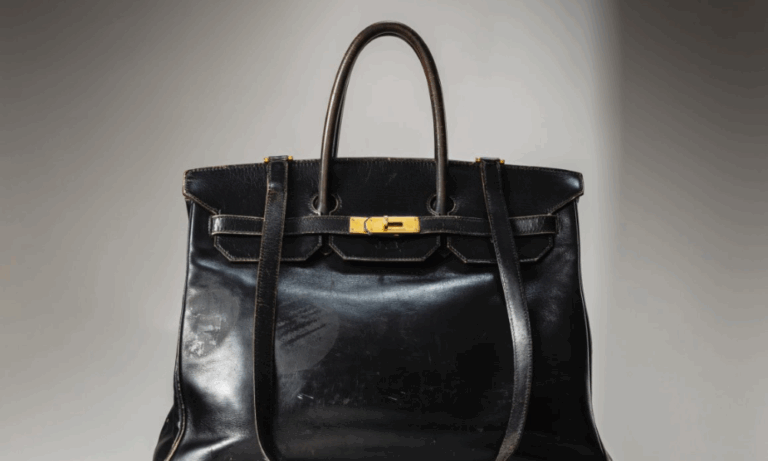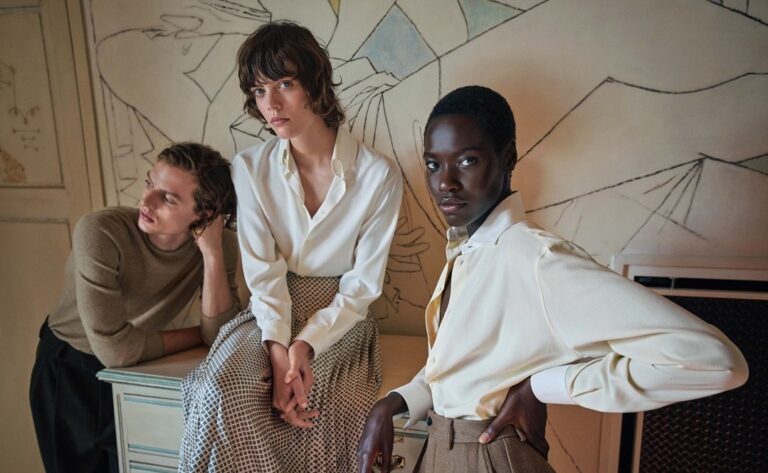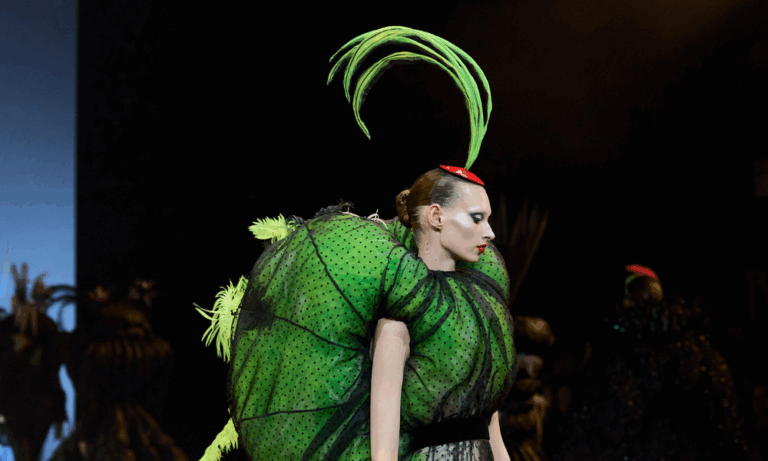What do fashion and the Olympics have in common? Both realms celebrate excellence, precision, and moments that leave an indelible mark on history. Whether it’s the elegance of a high-fashion runway or the exhilarating finish of an Olympic race, certain moments stand out, captivating audiences worldwide. Join us as we explore the fascinating intersection of fashion and sports, as seen at the Olympics.
Scroll down to discover the most memorable fashion moments in the history of the Olympics.
NADIA COMANECI, MONTREAL 1976
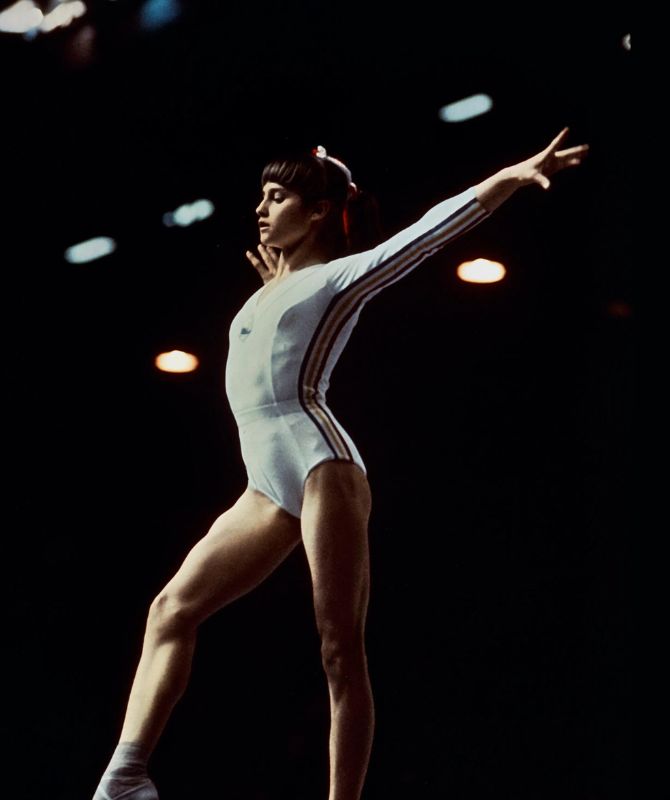
Nadia Comaneci’s 1976 Olympics performance in Montreal is iconic, not just for her perfect ten but also for her stylish bodysuit. Adorned with the colors of the Romanian flag, her outfit symbolized national pride and has since become a timeless representation of Olympic excellence.
FLORENCE GRIFFITH JOYNER, SEOUL 1988
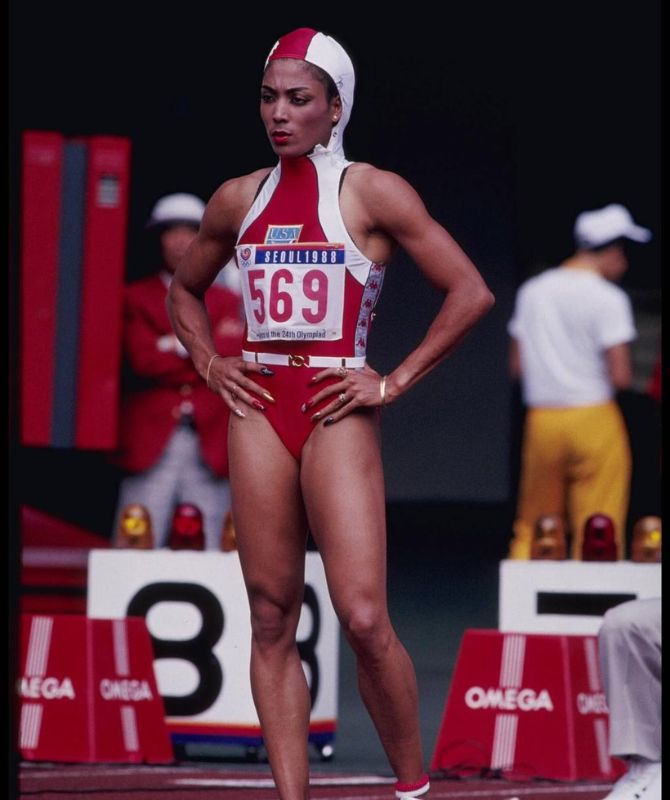
Florence Griffith Joyner, or Flo-Jo, made waves at the 1988 Seoul Olympics with her hooded red leotard. Known for her star-spangled nails and fearless fashion choices, Flo-Jo’s mantra was simple: “Dress good to look good. Look good to feel good. And feel good to run fast!” Her style was as remarkable as her speed.
DEBI THOMAS, CALGARY 1988
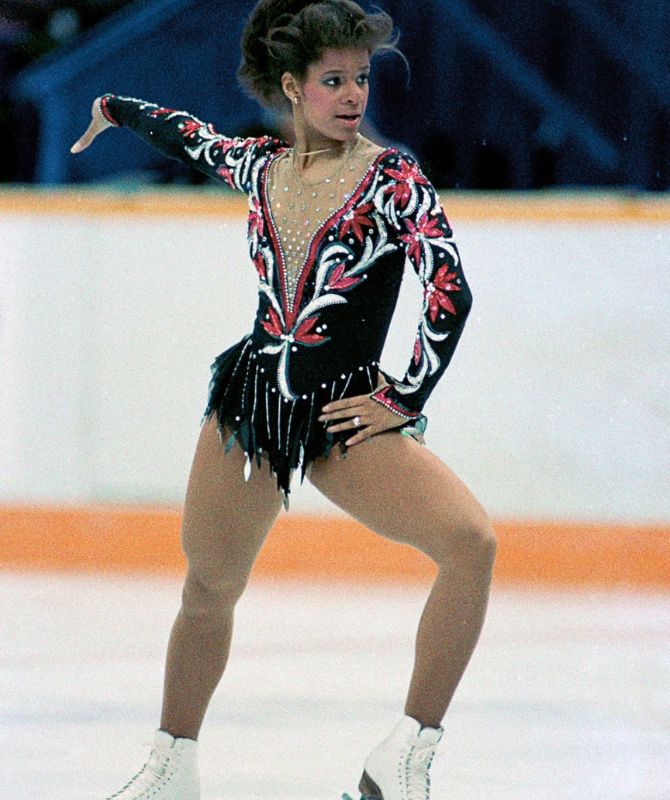
Debi Thomas made history at the 1988 Winter Olympics in Calgary, becoming the first African-American athlete to earn a medal in women’s figure skating. Her bronze achievement was not only groundbreaking but Thomas also defied fashion norms by boldly opting for a jumpsuit instead of a traditional skirt, a move typically reserved for male skaters. Her choice challenged stereotypes and left an indelible mark on the intersection of sports and fashion.
KATARINA WITT, CALGARY 1988
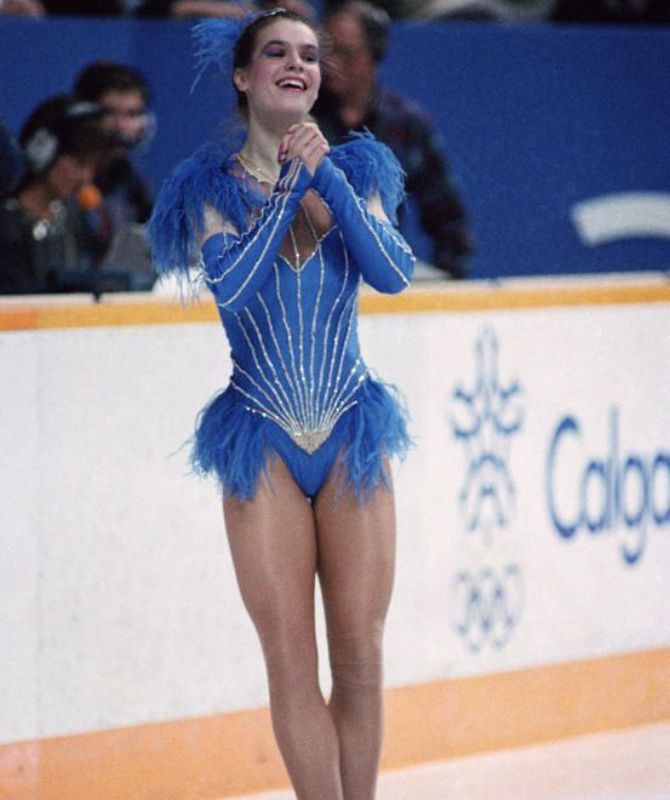
Figure skater Katarina Witt dazzled the audience at the 1988 Winter Olympics in Calgary with her feather-adorned blue bodysuit. The combination of feather details and sparkling embellishments made Witt’s performance even more captivating and left a lasting impression on Olympic fashion history.
MICHAEL JOHNSON, ATLANTA 1996
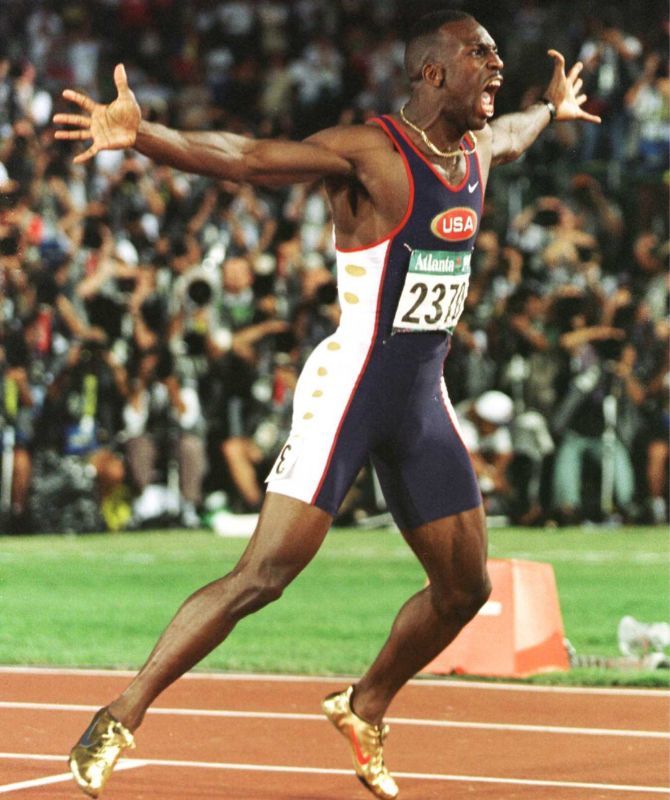
Track star Michael Johnson dazzled at the 1996 Atlanta Olympics with his custom gold Nike spikes. The striking footwear, paired with a matching gold chain, turned heads as Johnson broke records in the 200m and 400m races, showcasing both his athletic prowess and unique style.
MICHELLE KWAN, NAGANO 1998

At the 1998 Winter Olympics in Nagano, Michelle Kwan enchanted audiences with her performance in a periwinkle Vera Wang dress. The elegant outfit, combined with her graceful skating, left a lasting impression and remains one of the most memorable fashion moments in Olympic history.
CATHY FREEMAN, SYDNEY 2000

Cathy Freeman‘s appearance at the 2000 Sydney Olympics is legendary. Clad in the Nike ‘Swift’ Suit, a product of three years of innovation, Freeman’s green and gold full-body suit, complete with a hood, was a marvel of design and technology. Her victory lap, draped in the Aboriginal and Australian flags, remains a vivid memory.
BRAZILIAN SYNCHRONIZED SWIMMING TEAM, LONDON 2012
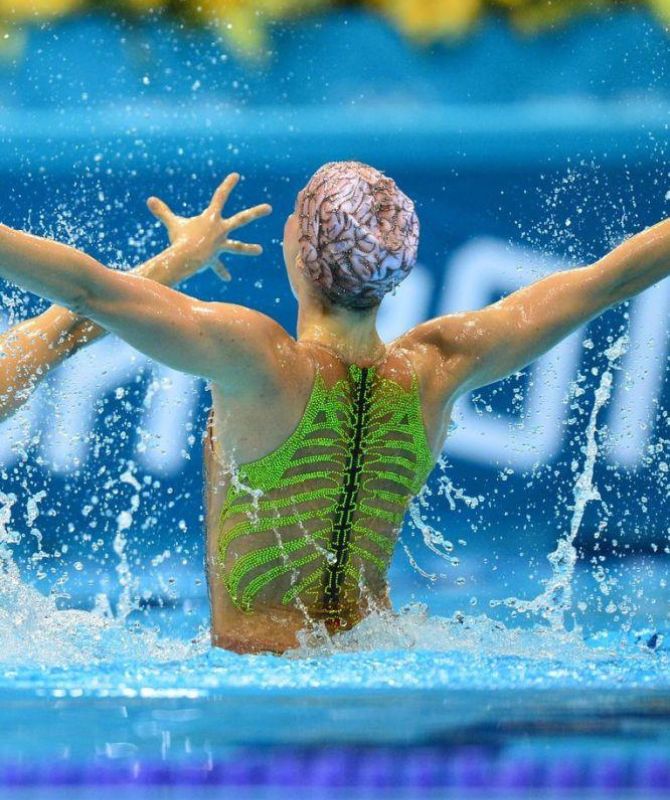
The Brazilian synchronized swimming team made a splash at the 2012 London Olympics with their anatomically-inspired swimsuits. Featuring designs that mimicked the skeletal and nervous systems, these unique outfits, paired with brain-like caps, captivated the audience and added a creative twist to their performance.
OMEGA: PRECISION IN OLYMPIC TIMING

In 1932, Omega made history as the first private company to be entrusted with timing all events at the Olympic Games, bringing 30 high-precision chronographs to Los Angeles. Their expertise was immediately evident, accurately capturingresults to the nearest tenth of a second and confirming 17 new world records.
By 1948, Omega’s innovations included the photoelectric “eye,” which automatically stopped the clock at the finish line, and the first slit photofinish camera, revolutionizing race accuracy. Omega’s advancements continued with the introduction of the ‘Racend Omega Timer,’ printing times to the hundredth of a second. The 1961 ‘Omegascope’ allowed real-time sports reporting on TV, further solidifying Omega’s role in modern sports. By the 1984 Los Angeles Games, Omega introduced color photofinish images and false start detectors. Their on-screen graphics in 2000 enabled viewers to see a “virtual record line,” showcasing Omega’s commitment to precision and technological advancement in sports timing.
ALSO READ: THESE STUNNING RAFFIA ACCESSORIES ARE ON OUR WISHLIST FOR SUMMER.

